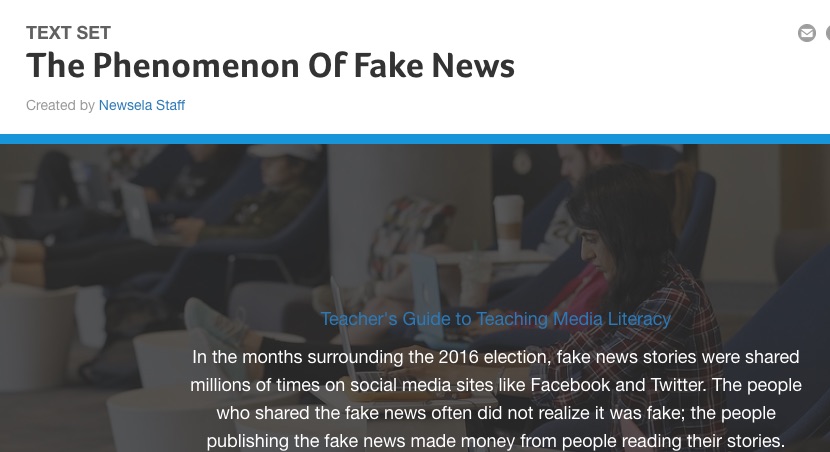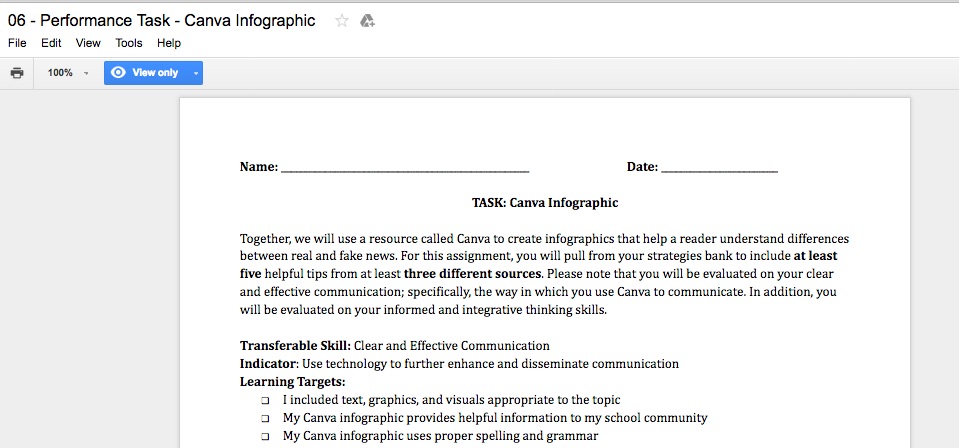A case study from one classroom
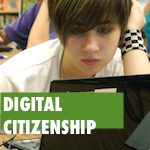 In part one, we explored how middle grade students are struggling to recognize fake news or sponsored posts and shared many tools for teachers looking to tackle this thorny issue.
In part one, we explored how middle grade students are struggling to recognize fake news or sponsored posts and shared many tools for teachers looking to tackle this thorny issue.
But what does it really look like We sat down for a Q & A with Christie Nold, sixth grade educator and fighter of fake news.
Here’s her mini-unit on telling real from fake news.
Q: Why did you want to address the issue of fake news?
A: “During an earlier unit, several of my students struggled to analyze, evaluate, and synthesize information (an indicator under informed and integrative thinking). At the time, we moved ahead with the promise to revisit that transferable skill indicator later in the year to build proficiency. While working with our district literacy coach, Alysia Backman, she and I started to break down that indicator. We questioned what it really means to evaluate a source.
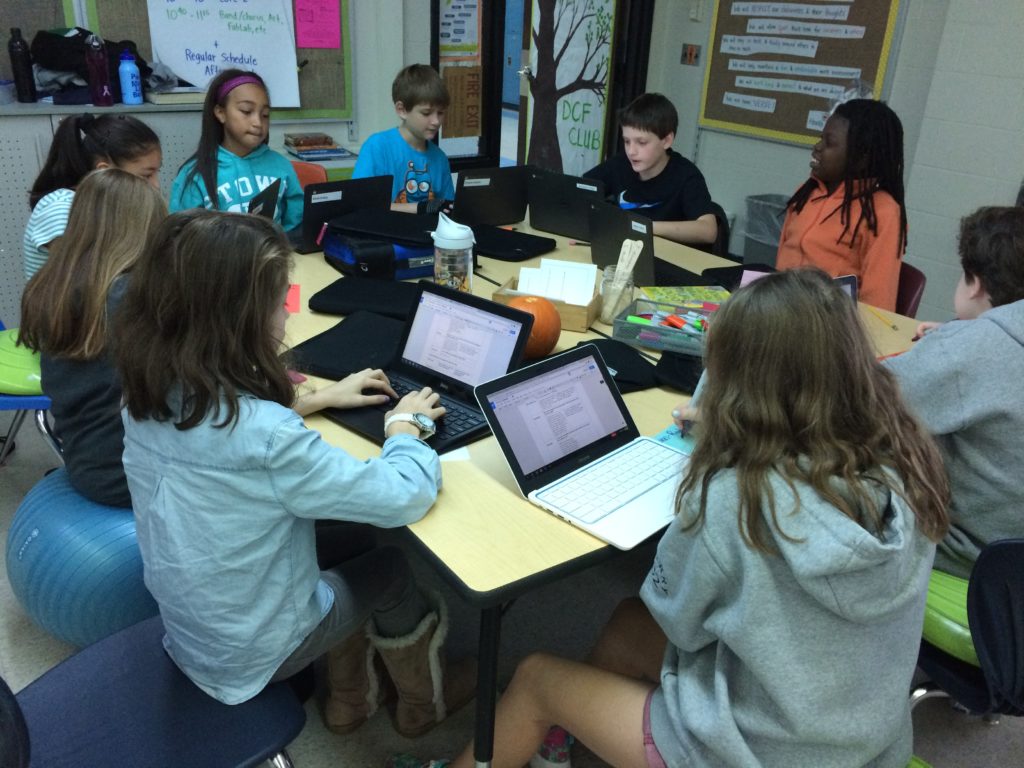
Our conversation was mirrored in the media, which was rife with stories about our society struggling with this very thing:
- How do we evaluate a source?
- How can we tell what is real from fake?
From this question, the mini-unit on real vs. fake news was born.”
Q: What lesson plans, activities, and resources worked well for your students?
A: “Throughout the unit, our list of resources grew immensely. One of the benefits (and challenges) of doing such a relevant and popular topic is that there is SO much out there!
Newsela
Our school is lucky to have Newsela as a resource. For those who have not worked with Newsela, it curates current events articles and differentiates to five different reading levels. In addition, it works with Google tools (meaning students can use text to speech features).
It also has a text set on the phenomenon of fake news (above). This allowed students to choose an article of interest, at (or just above) their reading level. It contributed to their understanding of the topic.”
NPR + BBC
“When not using Newsela, we read Steve Inskeep’s NPR article, A Finder’s Guide to Facts. We also watched Markham Nolan’s TEDTalk on How to Separate Fact from Fiction Online.
Students took a BBC Quiz to see if they could spot fact from fiction. Then we used a simplified version of Vanessa Otero’s infographic to introduce the idea of bias in the media. We also talked about what an infographic is and how they are used.
Build a “strategies bank”
At the time of our unit, “Post-Truth” came out as the Oxford Dictionary’s word of 2016. There were also multiple references to the Stanford Study on students’ ability to recognize real and fake information.
We wrapped in all of these resources and more. And each time, students filled in a “strategies bank” that including the name of the resource and helpful strategies for spotting real and fake news.
Have students create guides for other students
Ultimately, students had the task to create a Canva infographic that illustrated for their reader how one might differentiate real from fake news.”
Q: Did the students make progress in their ability to spot fake news?
A: “Yes! One of the best parts of having finished this unit is that students are now able to evaluate sources.
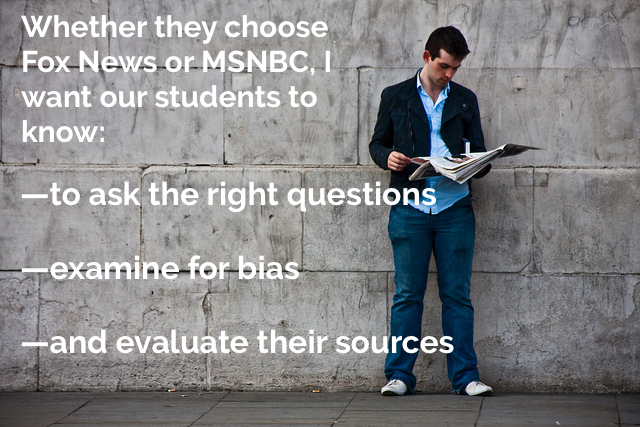
They are currently working on a current events piece that focuses on a content-area history standard around analyzing a current or historical issue. Students were able to opt into the topic of their choice and are currently completing annotated bibliographies that include information about how they know their sources are reliable. As their educator, it is wonderful to allow them greater choice and agency while also knowing that they have the skills to be successful!
Whether they choose to tune into Fox News or MSNBC, I want our students to know to ask the right questions, examine for bias, and evaluate their sources.
The language arts teacher on my team, Katelyn Floyd, and I often ask for “CEE” statements: claim::evidence::explanation. I believe that this unit has helped students understand how they can seek out reliable evidence (for whatever their claim might be!).”
Q: Can you share some of the guides your students created for their peers?
You can find full screenshots of their final projects here.
Are you interested in teaching about media literacy and how to spot fake news?
Image of Reading a Newspaper By a Wall by flickr user Garry Knight. Licensed under CC 2.0, modified with text.


